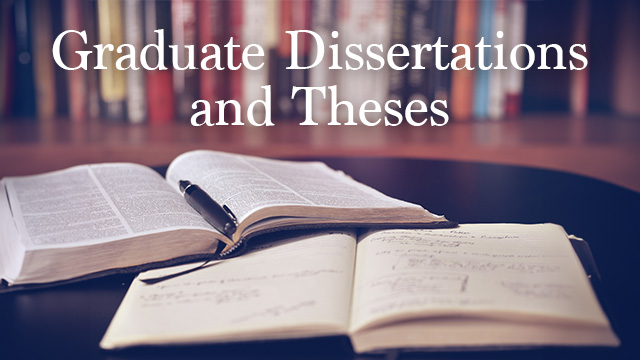Document Type
Dissertation
Date of Award
1975
Keywords
Rats, Behavior
Degree Name
Doctor of Philosophy (PhD)
Department
Psychology
First Advisor
Andrew Strouthes
Second Advisor
Richard G. Burright
Third Advisor
Geogrge E. Deane
Abstract
Work in our laboratory as well as in others has shown that the microbehavioral components of the licking response in the rat (lick duration, lick rate, intake per second and intake per lick) can vary as a result of changes in the motivational state of the animal and the properties of the stimulus solution. Furthermore, Allison (1971) and our own pilot work have shown that these components can show "differential fractionation,” to borrow a term from the Classical Conditioning literature. This simply means that these components, although closely interrelated, may vary in different directions as a result of the same stimulus. Thus, Allison’s (1971) hungry rats drinking Nutrament showed increases in ml./lick and ml./sec. while lick duration (sec./lick) decreased. Allison has supposed that “licking reinforces those topographical features of the lick which promote an increase in efficiency.” The present hypothesis is that intake per lick, sec./lick, and lick rate are modified through a learning process so that ml./sec. is maximized for any particular combination of motivational state and stimulus fluid. Deaux’s (1973) investigation of ingestion rate as a reward magnitude variable in classical and instrumental learning in rats provides a mechanism to account for these changes. Deaux found that presenting the same volume of water (UCS) at a greater rate (ml./sec.) resulted in a significantly larger percentage of CR’s in a classically conditioned licking task. The same variable led to differences in asymptotic running speed in a runway task with animals receiving 1 ml. of water at a rate of .04 ml./sec. running consistently faster than those rewarded with the same volume at .01 ml./sec. Deaux reinterprets Spence’s (1956) concept of vigor of a consummatory response in the following way: “it is in actuality not the vigor of a response in physical sense which is crucial in determining its vigor in a theoretical sense, but rather the amount of reinforcement obtained by the response” (p. 314). In the present context, patterns of licking resulting in the highest rate of ingestion (ml./sec. or efficiency), even if these require a decrease in lick rate, duration and/or intake per lick, will be differentially reinforced with respect to patterns of licking providing lesser rates of ingestion. Efficient licking is therefore regarded as a learned response and should show appropriate characteristics. Efficiency of licking, for the purpose of this study, has been defined by rate of intake per second of contact with the fluid. Other definitions are, of course, possible (i.e., total intake during the drinking period) and may even be more appropriate. Rate of intake on a microbehavioral level has, however, been used as an index of efficiency by several other investigators. Experiment I will examine the acquisition of efficient drinking, and Experiments II and III will ask whether licking behavior acquired under one set of stimuli will transfer to another set.
Recommended Citation
Volo, Alfred M., "Licking behavior as a function of deprivation, stimulus quality and experience in rats" (1975). Graduate Dissertations and Theses. 297.
https://orb.binghamton.edu/dissertation_and_theses/297

